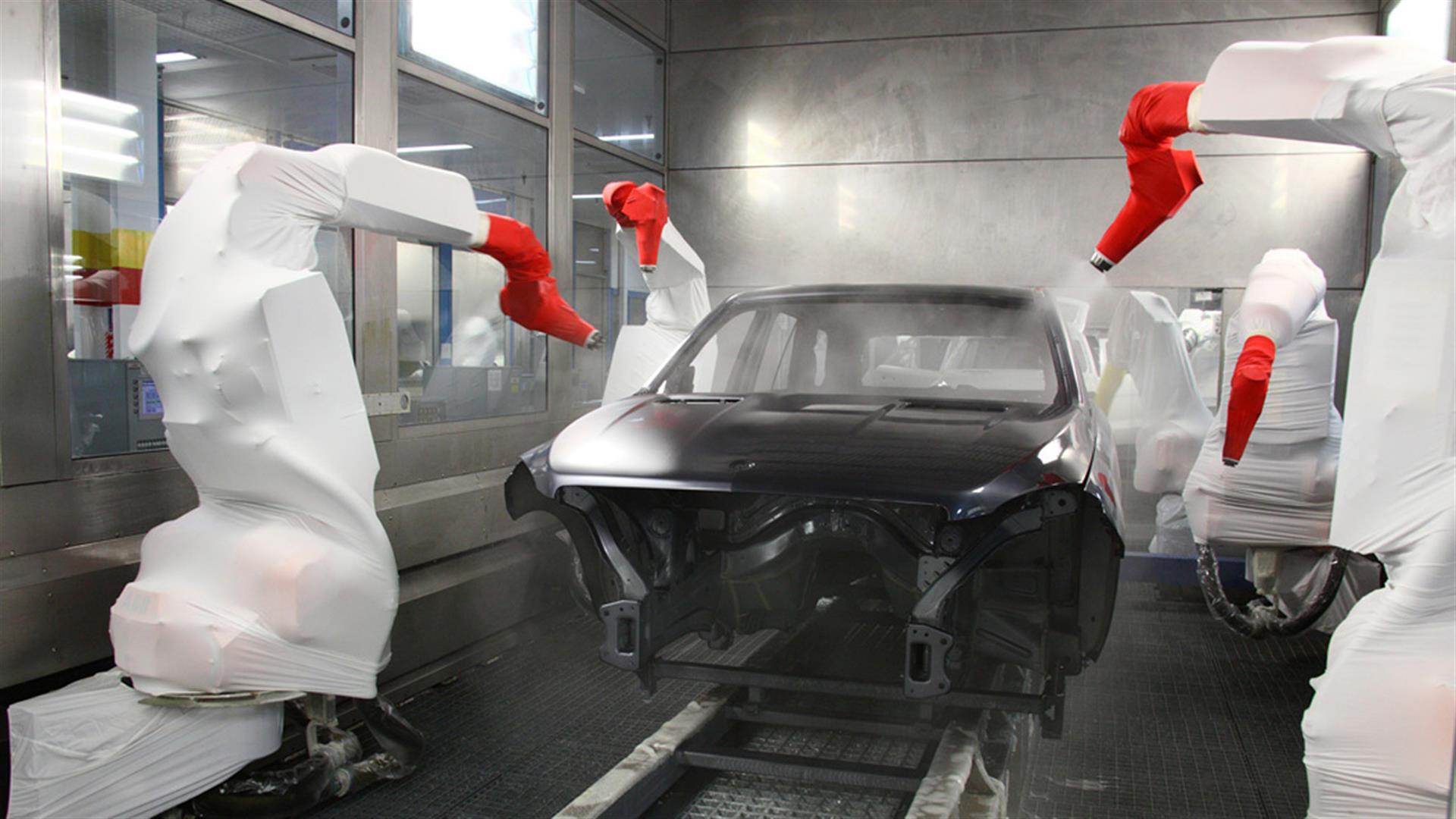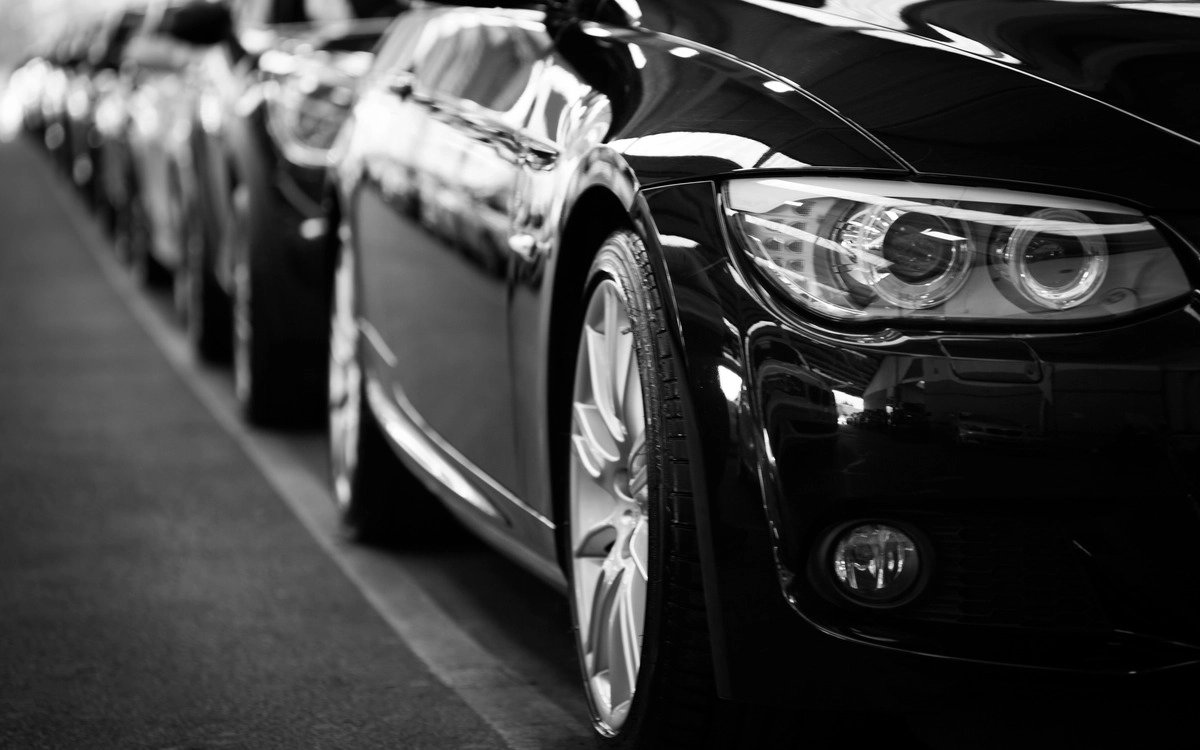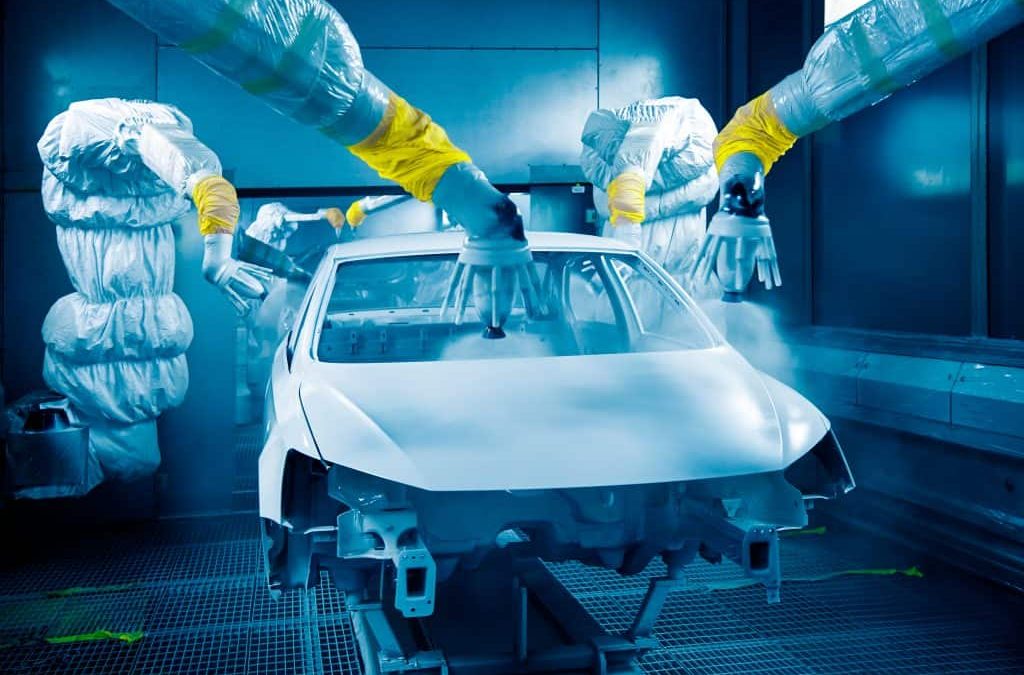When it comes to automotive repair, one of the most challenging yet rewarding tasks is blending paint on a car. If done correctly, it can make a car look as if it just rolled off the manufacturing line. For Industry QA Professionals, understanding the nuances of this process is crucial. This article will take you through every step of how to blend paint on a car, ensuring that your vehicle looks seamless and beautiful.

Why Blending Paint is Important
Blending paint is essential for various reasons. Whether you’re dealing with a minor scratch, a major repaint, or even prepping a car for paint, blending ensures that the paint looks consistent and fresh. A good blend will match the original paint, making any repair work look flawless.
Tools and Materials You’ll Need
Before diving into the process, make sure you have the following tools and materials:
- Primer
- Basecoat
- Clearcoat
- Sandpaper (various grits)
- Masking tape
- Polishing compound
- Respirator mask
- Spray gun or aerosol cans
The Preparation Phase
1. Clean the Surface
Start by thoroughly cleaning the area you plan to blend. Use a mild detergent and water to remove dirt, grease, and wax. This will help the paint adhere better.
2. Sanding
Use a fine-grit sandpaper to sand the area. This helps in smoothing out any imperfections and provides a surface for the primer to adhere to. Make sure to sand slightly beyond the damaged area for a seamless blend.
3. Masking
Use masking tape to cover areas you dont want to get paint on. Make sure the tape lines are clean and straight to avoid paint bleeding.
The Painting Phase
4. Apply Primer
Spray the primer on the sanded area. Keep the can or spray gun at a consistent distance to avoid drips. Follow the manufacturers recommendations for drying time.
5. Apply Basecoat
Once the primer is dry, its time to apply the basecoat. This is where you need to be extra careful. Use even, sweeping motions to apply the paint. Allow it to dry completely before moving to the next step.
6. Blending
Blend the edges of the new paint with the old paint. Feather the edges to ensure a smooth transition. You might need to apply multiple layers to achieve the desired blend.
7. Apply Clearcoat
After the basecoat has dried, apply a clearcoat to protect the paint. This also gives it a glossy finish. Make sure to cover the entire blended area for uniformity.
The Finishing Touches
8. Sanding and Polishing
Once the clearcoat is completely dry, use a very fine-grit sandpaper to sand the area lightly. This helps in removing any minor imperfections. Follow this by polishing the area to restore its original shine.
9. Inspection
Inspect the blend in different lighting conditions to ensure consistency. If there are any discrepancies, you might need to repeat some of the steps.
Common Mistakes to Avoid
- Skipping the prep work
- Not allowing sufficient drying time
- Inconsistent spraying techniques
- Ignoring manufacturers instructions
Tips for Better Results
Here are some additional tips to get a better finish:
- Always work in a well-ventilated area
- Use high-quality paints and materials
- Practice on a spare piece of metal before working on the car
Related Technologies and Innovations
For those interested in technological advancements in the automotive industry, you might also want to check out this resource.
Conclusion
Blending paint on a car is not just about skill; it’s also about patience and attention to detail. By following this guide, you’ll be well on your way to achieving a professional finish. For more information on high-speed semiconductor wafer polishing inspection, visit this link.

Frequently Asked Questions (FAQ)
1. How long does it take to blend paint on a car?
It typically takes a few hours to a couple of days, depending on the extent of the damage and drying times.
2. Can I blend paint on my car myself?
Yes, with the right tools, materials, and patience, you can blend paint on your car yourself.
3. What if the paint doesnt match perfectly?
You might need to use paint matching tools or seek professional help to get a perfect match.
